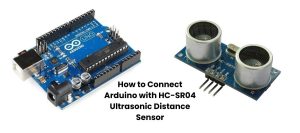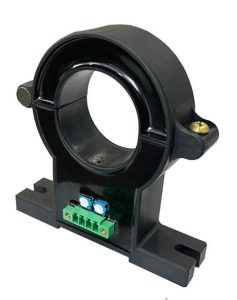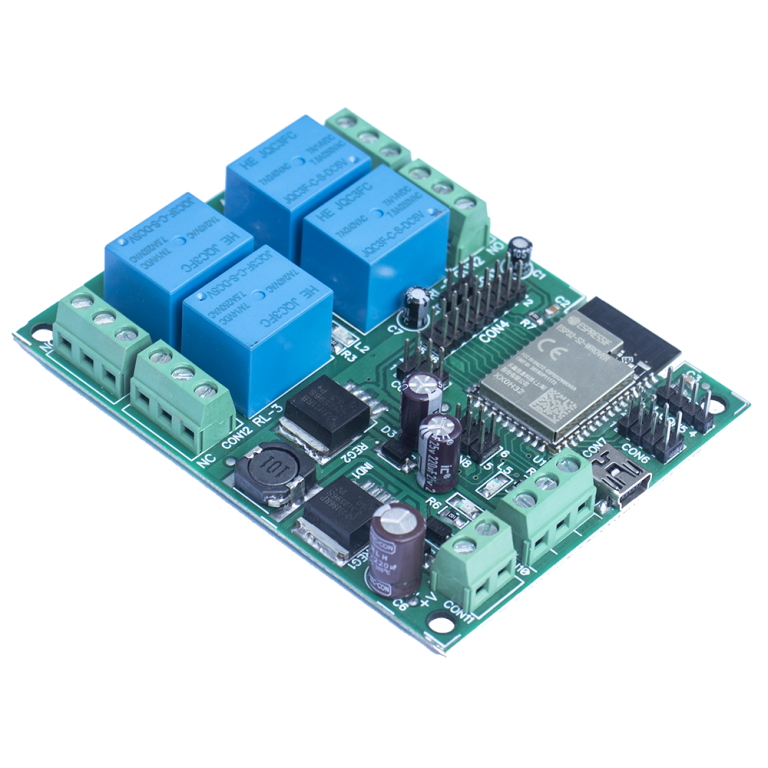Unveiling the World of Avalanche Photodiodes: Functionality and Applications
Understanding Avalanche Photodiode (APD)
What Sets APDs Apart?
An Avalanche Photodiode (APD) stands as a highly sensitive semiconductor photodiode detector, employing the photoelectric effect to convert light into electricity. Operating with a relatively high reverse voltage, often in the tens or even hundreds of volts, APDs achieve substantial internal signal amplification through an avalanche process. This leads to a higher signal-to-noise ratio compared to PIN photodiodes, fast time response, low dark current, and remarkable sensitivity.
The Mechanics Behind APDs
How does an Avalanche Photodiode work? It’s a type of photodiode that transforms light into electricity by leveraging the photoelectric effect. Operating with a high reverse voltage enhances the electric field beyond the depletion region, triggering avalanche breakdown. This multiplication of charge carriers results in substantial internal signal amplification, contributing to the APD’s high sensitivity.
Applications of Avalanche Photodiodes
1. Optical Fiber Communications
APDs find a crucial role as receivers in optical fiber communications systems. Their high sensitivity allows them to detect and process signals transmitted over extensive distances.
2. Range Finding
Utilized in laser rangefinders, APDs apply the time-of-flight principle to measure the distance to a target by detecting reflected laser light.
3. Imaging Applications
In high-speed laser scanners and optical microscopy, APDs excel in detecting and processing images with heightened sensitivity and speed.
4. Laser Microscopy
Specifically suitable for laser microscopy, APDs enable the detection of weak signals and contribute to high-resolution imaging.
5. Optical-Time Domain Reflectometers (OTDR)
APDs play a vital role in OTDRs, measuring the time delay of a signal reflected from a target, providing valuable information about the target’s distance and velocity.
6. Photon Correlation Studies
Engaged in studies of photon correlation, APDs assist in detecting and analyzing the arrival times of photons in a stream of light.
7. Quantum Sensing for Control Algorithms
In quantum sensing applications, APDs detect and measure weak quantum signals, contributing to control algorithms.
Avalanche Photodiode Sensor Dimensions:
These applications underscore the versatility and utility of avalanche photodiodes across various fields, including optical communications, sensing, and microscopy. As we navigate the intricate world of APDs, their significance becomes clear in enhancing our technological landscape.





















+ There are no comments
Add yours